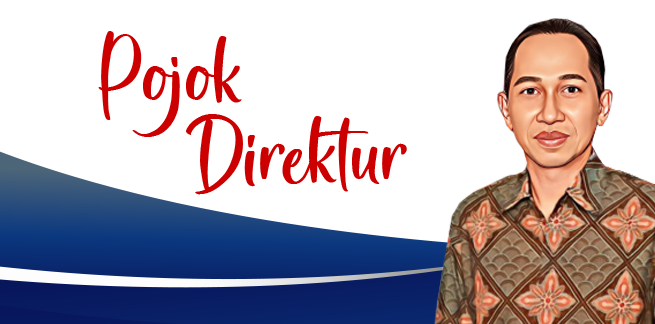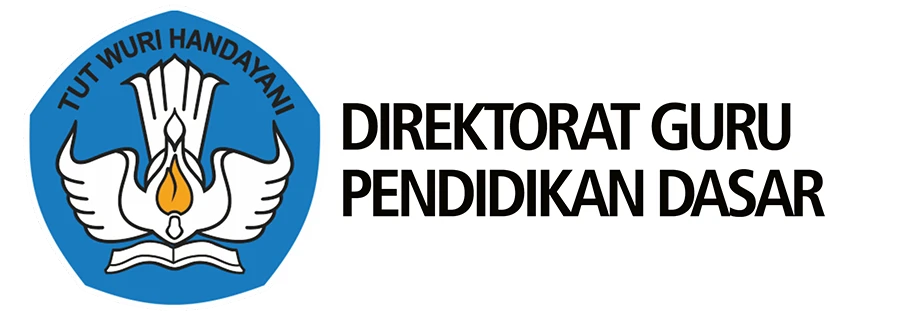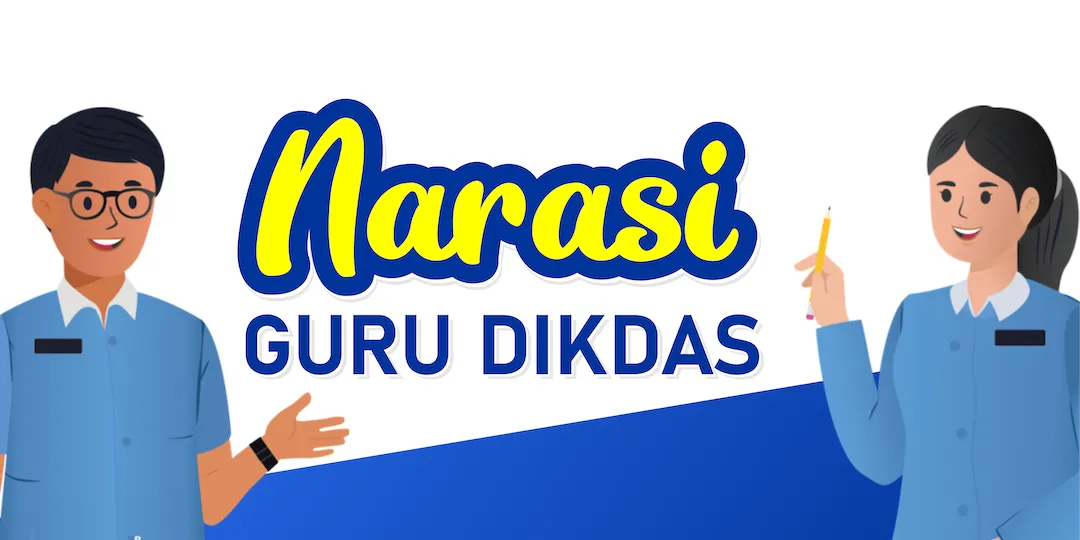Implementasi Pembelajaran Berdiferensiasi Melalui Model Keterpaduan Tipe Connected untuk Menentukan Tingkat Kemampuan Berpikir Siswa
DOI:
https://doi.org/10.26811/didaktika.v8i2.1302Abstract
Differentiated learning is learning that focuses on the individual differences of learners. Differentiated learning is designed to be effective and learner-centered. The connected model is a learning model to determine the level of thinking ability of students in implementing differentiated learning. This research aims to describe the effectiveness of the connected model so that it can be used in the learning process to determine the tingkat of thinking ability of students. Based on the results of the test of the effectiveness of the tingkat of thinking ability on a limited scale trial through the analysis of posttest scores, students experienced changes to reach the prestructural category 4.3%; unistructural 37.2%; multistructural 42.8%; while for relational 14.3%, and extended abstract by 1.4%. The data from the results of the broad-scale trial also showed an increase in the tingkat of thinking of students through the analysis of the posttest scores of students experiencing changes reaching the prestructural category by 10%; unistructural 47.5%; multistructural 35.8%; relational by 6.7%, while in the extended abstract category students did not reach the level of thinking. Based on the results of the study, the connected model can determine the level of thinking ability of junior high school students so that it is effectively used in differentiated learning.
References
Arends, R. (2008). Learning To Teaching. Pustaka Pelajar.
Asy’ari, et al. (2014). Konsep Diri, Kecerdasan Emosi, dan Motivasi Belajar Siswa. Persona Jurnal Psikologi Indonesia, 3(1), 83–89. https://doi.org/10.30996/persona.v3i01.372.
Azizah, I. N., & Estiastuti, A. (2017). Keterampilan Guru dalam Pengelolaan Kelas Rendah pada Pembelajaran Tematik di SD. Joyful Learning Journal. 6(2), 1-6. https://doi.org/10.15294/jlj.v6i2.14135.
Basri, A. (2006). Pengantar Psikologi Umum & Perkembangan. Pedoman Ilmu Jaya.
Bigg, J. and K. C. (1982). Evaluating The Quality Of Learning the SOLO Taxonomy (Structure Of the Observed Learning Outcome). Academiss Press.
Braband, C. dan Dahl, B. (2009). Using the SOLO Taxonomy to Analyze Competence Progression of University Science Curricula. Journal Higher Education, 58(4), 531–549. https://doi.org/10.1007/s10734-009-9210-4.
Carin, A. A. & R. B. S. (1989). Teaching science through discovery. Columbus: Charless E. Merrill Publishing Company, Abell & Howell Company.
Costa, A. L. (1985). Develooping Minds : A Resource Book for Teaching Thinking (1st ed.). ASCD.
Desi Hartanti, Tomo Djudin, S. M. (2021). Analisis Tingkat Berpikir Dalam Menyelesaikan Soal Gerak Parabola Menggunakan Taksonomi Structure of The Observed Learning Outcomes (SOLO) Siswa Kelas X MIA SMAN 1 Sungai Raya. Jurnal Inovasi Penelitian Dan Pembelajaran Fisika (JIPPF), 2(1). https://doi.org/10.26418/jippf.v2i1.44591.
Evita Andina Sari, dan E. R. M. (2018). Komparasi Pembelajaran IPA Terpadu Tipe Webbed dan Connected melalui LSLC terhadap Berpikir Kritis Siswa. Prosiding Seminar Nasional Sains Dan Enterpreneurship V Tahun 2018, 75–82. https://prosiding.upgris.ac.id/index.php/snsev/.
Forgaty, R. (1991). The Mindful School: How to Integreate the Curricula. United States of America: Skylight Publishing, inc.
Jhon W. Santrock. (2009). Psikologi Pendidikan (3rd ed.). Salemba Humanika.
Kadek Ayu As, Yusniati M. H. Yusuf, dan A. J. W. K. (2020). Pengembangan Bahan Ajar IPA Terpadu Tipe Connected Pada Materi Zat Dan Karakteristiknya. Jurnal Ikatan Alumni Fisika Universitas Negeri Medan, 6(4), 22–28. https://doi.org/10.24114/jiaf.v6i4.20052.
Lian, L. H., & Yew, W. T. (2012). Assessing Algebraic Solving Ability: A Theoretical Framework. International Education Studies, 5(6), 177–188. https://doi.org/10.5539/ies.v5n6p177.
Magee, M. and E. B. (2010). How The Best Teachers Differentiate Intruction. Routledge.
Mulbar, U., Rahman, A., & Ahmar, A. S. (2017). Analysis of the Ability in Mathematical Problem-Solving Based on Solo Taxonomy and Cognitive Style. World Transactions on Engineering and Technology Education, 15(1), 68–73. https://doi.org/10.26858/wtetev15i1y2017p6873.
O’Neill, G. & Murphy, F. (2010). UCD Teaching and Learning/Resources, Guide to Taxonomy of Learning. http://www.ucd.ie/t4cms/ucdtla0034.pdf.
Potter, M.K & Kustra, E. (2012). Primer on Learning Outcomes and SOLO Taxonomy. http://www.uwindsor.ca/ctl/PRIMER-on-Learning-Outcomes.pdf.
Purba, Mariati, et al. (2021). Prinsip Pengembangan Pembelajaran Berdiferensiasi (Differentiated Instruction), pada Kurikulum Fleksibel sebagai Wujud Merdeka Belajar. Badan Standar, Kurikulum, dan Asesmen Pendidikan, Kemdikbudristek.
Putri, U H., M Mardiyana, & D. R. S. (2017). How to Analyze the Students’ Thinking Levels Based on SOLO Taxonomy?. International Conference on Mathematics and Science Education (ICMScE), IOP Conf. Series: Journal of Physics: Conf. Series 895(1), 012031. https://doi.org/10.1088/1742-6596/895/1/012031.
Riyantono. (2010). Psikologi Pendidikan. Universitas Muhammadiyah Malang Press.
Robbins, S. and Judge, M. (2009). Management and Organization Behavior (7th ed.). United States of America: Prentice Hall International.
Ruggiero, V. R. (1988). Teaching Thinking across The Curriculum. Harper and Row.
Rukmana, A. dan U. Syaefudin. (2009). Pembelajaran Terpadu. UPI PRESS.
Sardiman. (2004). Interaksi dan Motivasi Belajar Mengajar. Raja Grafindo Persada.
Sudjana, N. (2011). Penilaian Hasil dan Proses Belajar Mengajar. Rosda Karya.
Tomlinson, C. A., & Moon, T. R. (2013). Assessment and Student Success in a Differentiated Classroom. Alexandria. Virginia: Association for Supervision and Curriculum Development.
Tomlinson, C. A. (2017). How to differentiate instruction in academically diverse classrooms. Virginia: ASCD.
Trianto. (2007). Model Pembelajaran Terpadu dalam Teori dan Praktek. Prestasi Pustaka.
Trianto. (2015). Model Pembelajaran Terpadu. Bumi Aksara.
Yusuf, FM., Nusantari, E., Abdul, A. (2019). Pengembangan Perangkat Pembelajaran Berbasis Inkuiri Terbimbing untuk Meningkatkan Hasil Belajar dan Literasi Sains Siswa pada Konsep Pembelahan Sel. Proceedings of the ICECRS, 2(1), 255–256. https://doi.org/https://doi:.org/0.21070/picecrs.v2i1.2398.
Published
Issue
Section
License
Copyright (c) 2024 Jurnal Didaktika Pendidikan Dasar

This work is licensed under a Creative Commons Attribution-ShareAlike 4.0 International License.
















